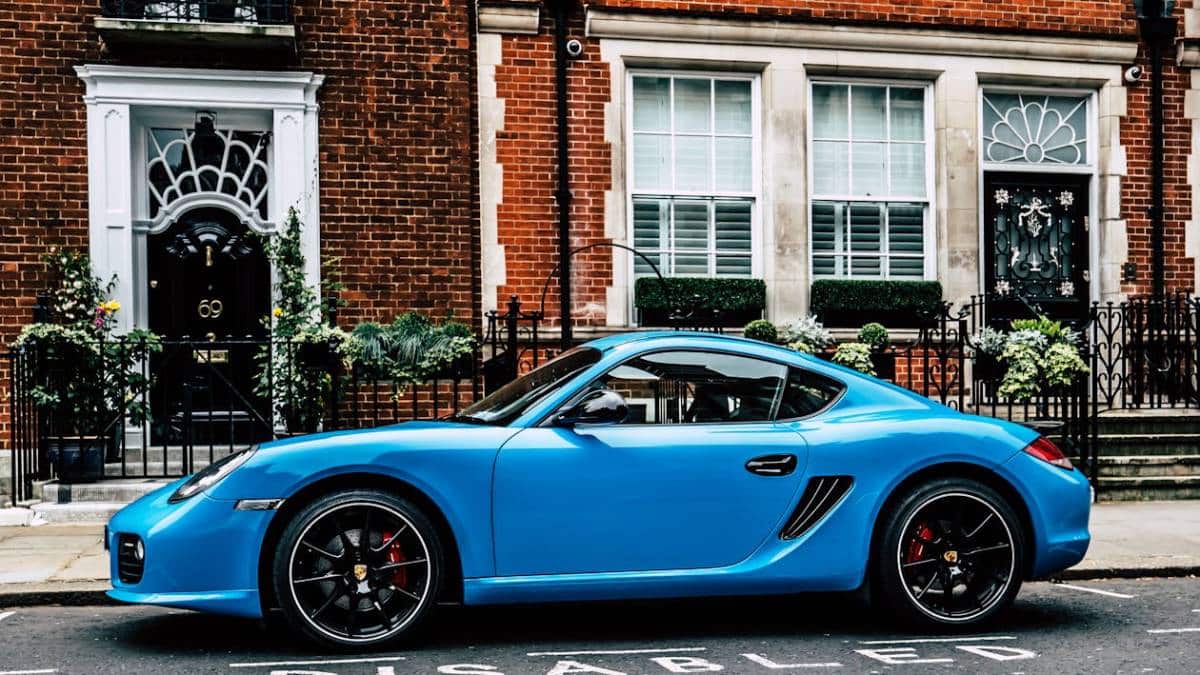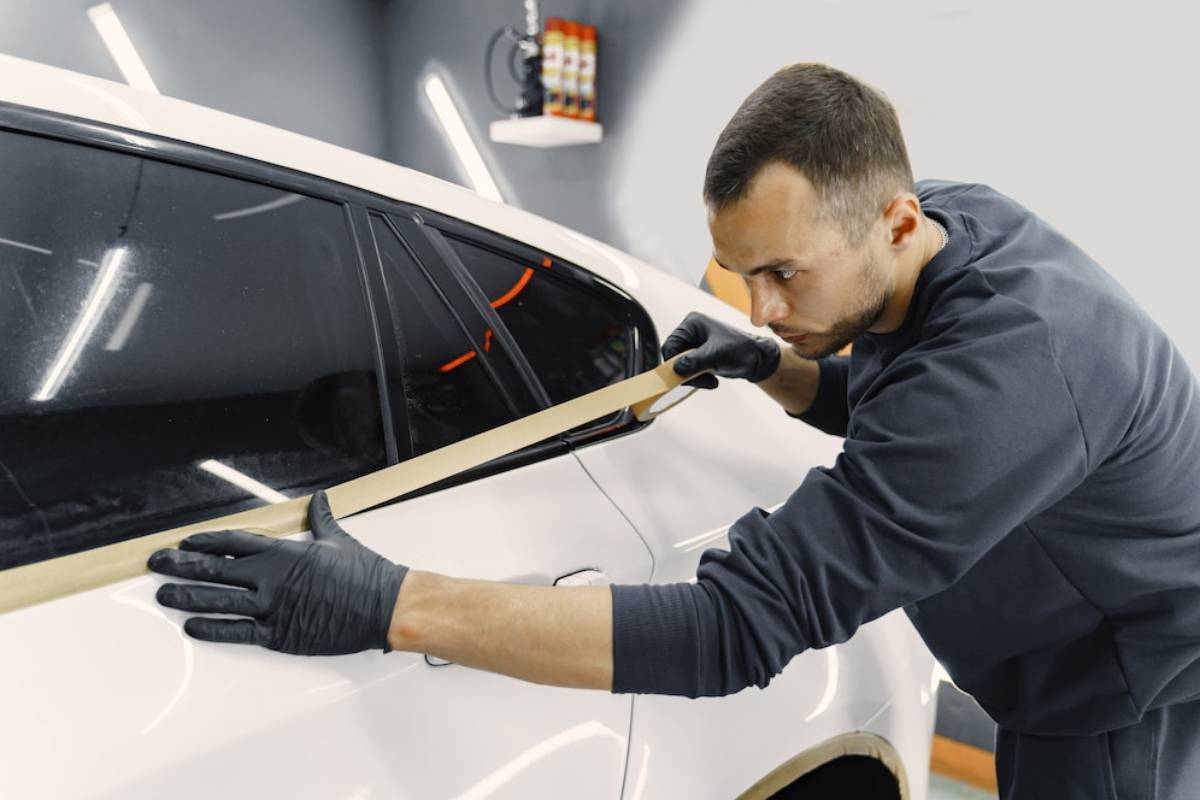
Tinted Windows: The Pros, Cons, and Legalities
In the vibrant realm of automotive modifications, tinted windows reign supreme. They elevate a vehicle’s style and come packed with practical perks. Yet, like any customisation, they have their pros and cons, along with legal considerations to navigate. This guide is your trusty roadmap into the world of window tints.
We’ll explore the top tints on the market and the busy highway of tint regulations. Whether you’re a seasoned car aficionado or a first-time buyer, this guide equips you with vital insights. Get ready to roll into the world of tints and make savvy decisions!
Key Benefits of Tinted Windows
Enhanced Privacy and Security
One of the most immediate benefits of tinted windows is increased privacy. Tinted windows make it more difficult for outsiders to see into the vehicle, thereby protecting the contents of your car from prying eyes. This added layer of privacy can also serve as a deterrent to potential thieves.
UV Protection
Window tints can block up to 99% of the sun’s harmful ultraviolet (UV) rays. Prolonged exposure to UV rays can cause skin damage and increase the risk of skin cancer. Additionally, UV rays can fade and damage your car’s interior, including the dashboard, seats, and other surfaces. By reducing UV exposure, window tints help preserve your vehicle’s interior.
Heat Reduction
Elevate your ride with high-quality window tints that turn down the heat. Especially in those scorching summer months, they create a calm oasis inside your car. By lessening indoor temperatures, you’ll rely less on air conditioning, refreshing your fuel efficiency.
Glare Reduction
Driving in bright sunlight can be challenging due to glare, which impairs vision and increases the likelihood of accidents. Tinted windows reduce glare from the sun and headlights, enhancing visibility and safety on the road.
The Cons of Tinted Windows

Reduced Visibility
One of the primary concerns with window tints is reduced visibility, especially at night. Dark shades can make it difficult to see clearly, which can be hazardous when driving in low-light conditions.
Potential for Legal Issues
Car tint laws dance to different tunes across regions. Ignoring these regulations can lead to fines or a costly removal. So, before you shade your ride, make sure you’re in the know about your local tint rules. Stay informed to avoid the pitfalls of tinted trouble!
Quality and Maintenance
Not all window tints are created equal. Low-quality tints can bubble, peel, or fade over time, detracting from the appearance of your vehicle. Additionally, maintaining tinted windows requires specific cleaning products and techniques to avoid damage.
Understanding Car Tint Laws
Car tint laws ensure safety and visibility on the road. These regulations specify the allowable tint levels for different vehicle windows. In the UK, for example, the front windscreen must let at least 75% of light through, while the front side windows must let at least 70% of light through. There are no restrictions on the rear side windows and windscreen.
Before you take the plunge into window tinting, consult your local regulations. Ignoring the rules can lead to fines or the dreaded tint removal. Plus, your insurance claims might vanish if your vehicle isn’t up to snuff. Stay in the clear; knowledge is your best shield!
How to Choose the Best Window Tint
Consider Your Needs
Begin by identifying your primary reasons for wanting window tints. Are you seeking enhanced privacy, UV protection, or heat reduction? Understanding your needs will help narrow down your options.
Research Different Types of Tints
Various types of window tints are available, each with its features. Common types include dyed, metalised, carbon, and ceramic tints. Dyed tints are the most cost-effective, while ceramic tints offer superior heat and UV protection.
Evaluate Quality and Durability
Choosing a top-notch tint is the key to lasting happiness. Seek out varieties that resist scratches and fade, with warranties that promise peace of mind. Review reviews and gather gems of wisdom from trusted installers to guide your decision.
Professional Installation
While DIY tint kits are available, professional installation ensures a flawless finish and compliance with legal standards. Professional installers have the expertise and tools necessary to achieve a seamless look and maximise the lifespan of the tint.
Additional Expert Tips & Common Mistakes to Avoid
Choose the Right Installer
Research and select a reputable installer with a proven track record. Check for certifications, read reviews, and ask for recommendations from friends or family. A skilled installer will apply the tint correctly and adhere to legal standards.
Avoid Extremely Dark Tints
While dark tints may appeal aesthetically, they can compromise visibility and safety. Opt for a tint that balances privacy with visibility, especially for the front windows.
Regular Maintenance
Proper maintenance is key to preserving the appearance and functionality of your tinted windows. To clean the windows, use a soft cloth and ammonia-free cleaner, and avoid using abrasive materials that could scratch the tint.
Advanced Insights / Expert Recommendations

The Impact of Climate
The climate in your area can influence the effectiveness of different types of window tints. Ceramic tints may offer the best protection and comfort in regions with intense sunlight. Conversely, in milder climates, dyed or carbon tints may suffice.
Legal Exemptions
In some cases, exemptions to car tint laws may be granted for medical reasons, such as skin conditions that require additional UV protection. If you believe you qualify for an exemption, consult with local authorities to understand the application process and requirements.
Making the Right Choice for Your Tinted Windows”
Tinted windows are a treasure trove of benefits. They enhance privacy, shield from UV rays, and elevate your vehicle’s aesthetic appeal. They also provide a layer of comfort, keeping the heat at bay.
Yet, it’s essential to navigate this tinted terrain wisely. Weigh the pros against the cons, and never overlook local car tint regulations. Choosing the right window tint is key.
When professionally installed, you unlock the full potential of tinted windows, revelling in their advantages while sidestepping any pitfalls that loom. Enjoy the charm and comfort of your ride!
Thinking about enhancing your ride with window tints? Dive into the details and consult industry pros. This careful approach guarantees a tinting experience that’s both enjoyable and lawful. What’s your take on window tints? Have you had any memorable experiences, good or bad? Share your stories in the comments below!